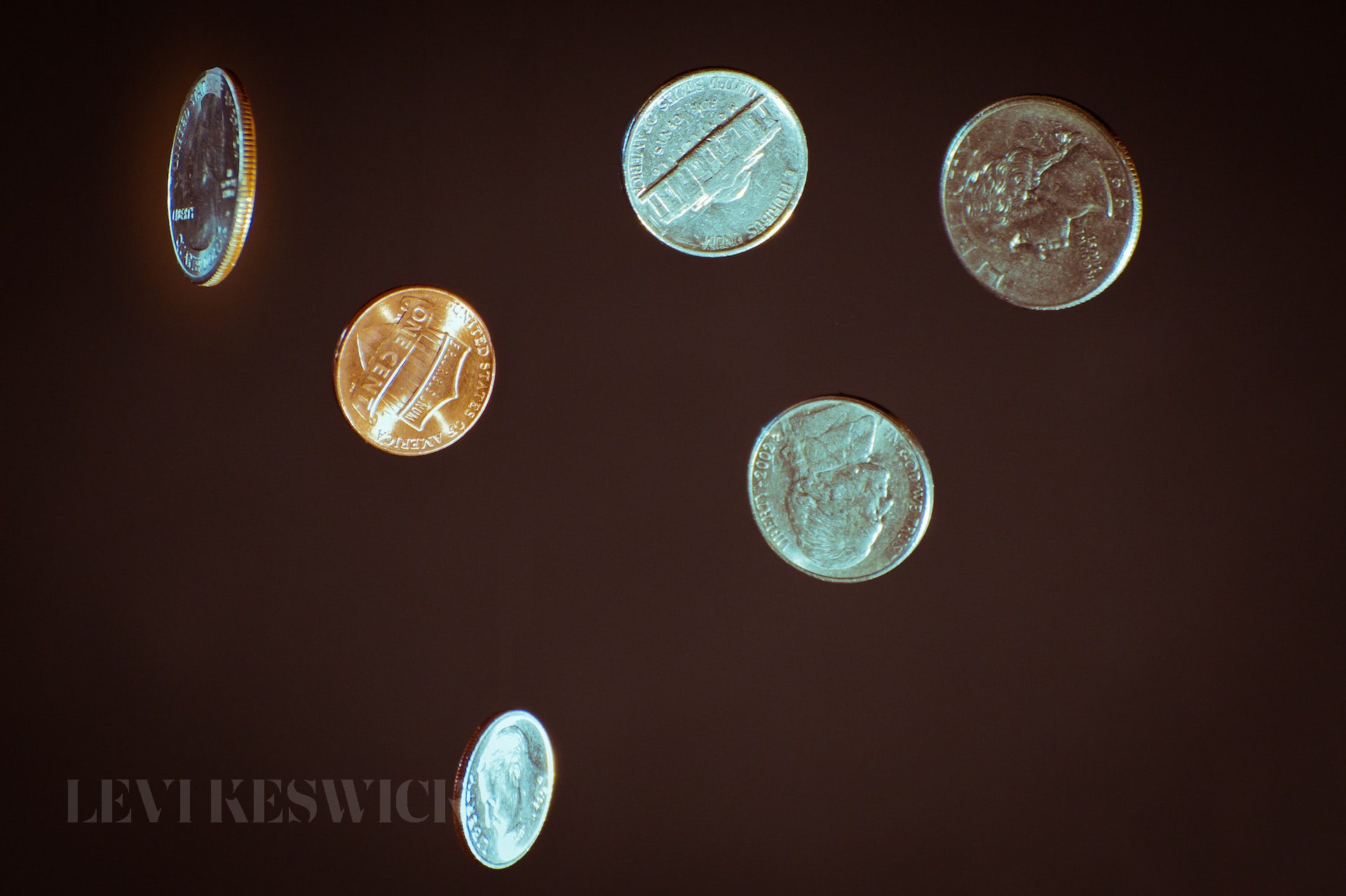Key Takeaways:
- The 1960 Jefferson nickel’s composition and historical significance.
- Varieties of the 1960 Jefferson nickel.
- An exploration of the 1960 nickel error list.
- Factors determining the value of the 1960 Jefferson nickel.
- Overview of the Sheldon Coin Grading System.
The Evolution of the Jefferson Nickel
The Jefferson nickel, named after the third president of the United States, Thomas Jefferson, has undergone several design shifts since its inception in 1938. Notably, the nickel’s composition changed during World War II, reflecting the metal shortages and demands of wartime. The 1960 Jefferson nickel is made of 75% copper and 25% nickel, a shift from the wartime nickels that consisted of 56% copper, 25% silver, and 9% manganese.
Understanding the Varieties
For coin collectors and enthusiasts, the year 1960 holds significance due to the three primary varieties of the Jefferson nickel:
- 1960 P Jefferson Nickel: Minted in Philadelphia with no mint mark.
- 1960 P Jefferson Proof Nickel: A special proof version also minted in Philadelphia.
- 1960 D Jefferson Nickel: Minted in Denver, identifiable by the “D” mint mark.
What makes these coins even more intriguing is the presence of errors across some pieces, adding to their rarity and value.
Unveiling the 1960 Nickel Error List
Despite the meticulous minting process, errors can occur, turning ordinary coins into coveted treasures for collectors. Some of the notable errors in the 1960 Jefferson nickel series include:
- Planchet Errors: Instances where the coin’s edge appears clipped.
- Die Breaks: Cracks that form on coins due to the breakdown of dies after repetitive use.
- Off-Center Strikes: Occurs when the die strikes the planchet at an incorrect angle.
- Doubled-Die Strikes: These produce a doubling effect on certain engraved elements.
The rarity of these errors amplifies the coin’s value, with the more pronounced errors often fetching higher prices.
Determining the Value of the 1960 Jefferson Nickel
The inherent value of the 1960 Jefferson nickel is its face value of $0.05. However, its collector’s value can be significantly higher, influenced by factors like rarity, grading, and the presence of errors. For instance, a 1960-D nickel graded MS 67 was auctioned for a staggering $3,150 in December 2021.
Sheldon Coin Grading System: A Closer Look
Established to standardize coin grading, the Sheldon Scale ranges from poor (P-1) to perfect mint state (MS-70). The scale incorporates both numeric values and adjectives to accurately define the coin’s condition, ensuring collectors and dealers have a mutual understanding.
From Poor (P-1), where the coin is barely distinguishable, to Mint State Perfect (MS-70), where no imperfections are discernible even under magnification, the Sheldon Scale offers an intricate system that helps determine a coin’s value.
Conclusion
The 1960 Jefferson nickel, with its rich history, varieties, and intriguing errors, serves as a captivating piece for numismatists and history buffs alike. Understanding the nuances of the coin, including the complexities of the Sheldon Coin Grading System, allows collectors to accurately gauge the value of their prized possessions. Whether you’re a seasoned coin collector or a newbie, the 1960 nickel error list serves as an exciting avenue for exploration in the vast world of numismatics.








